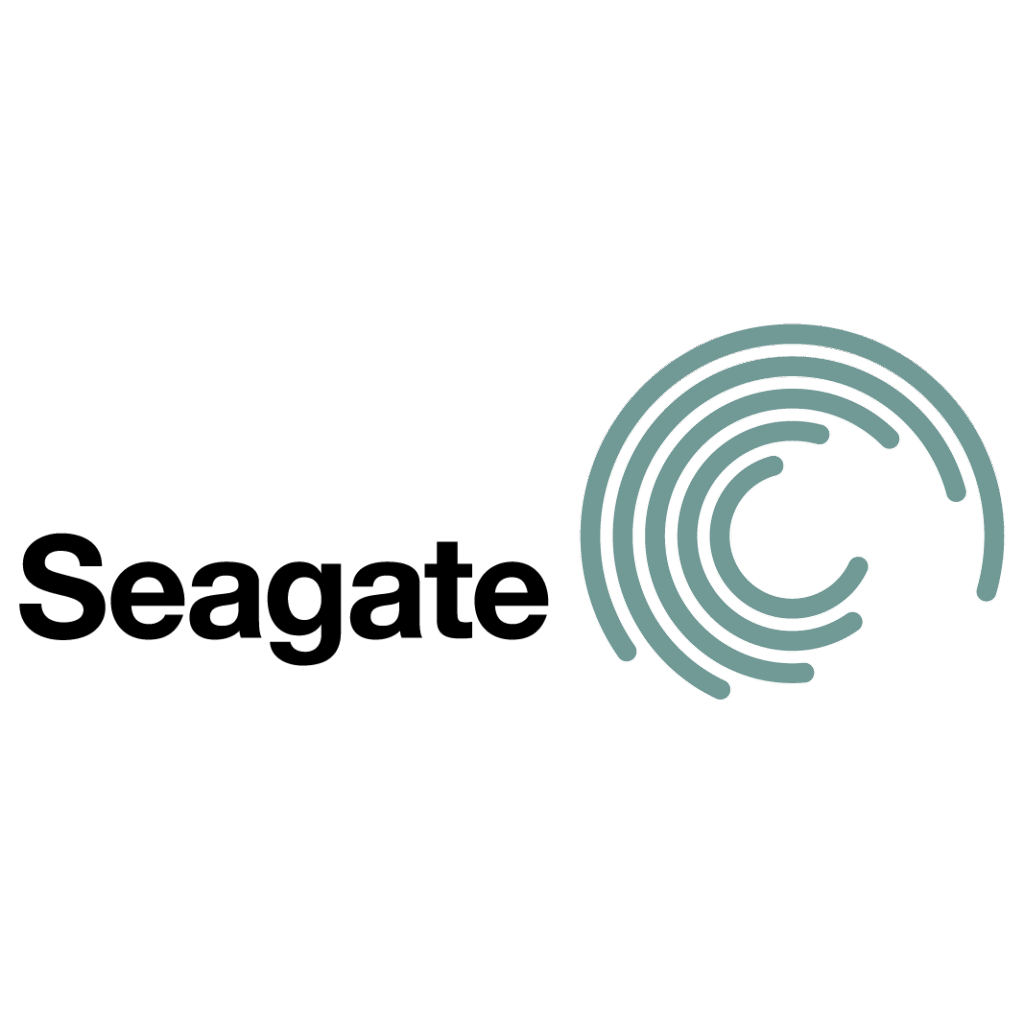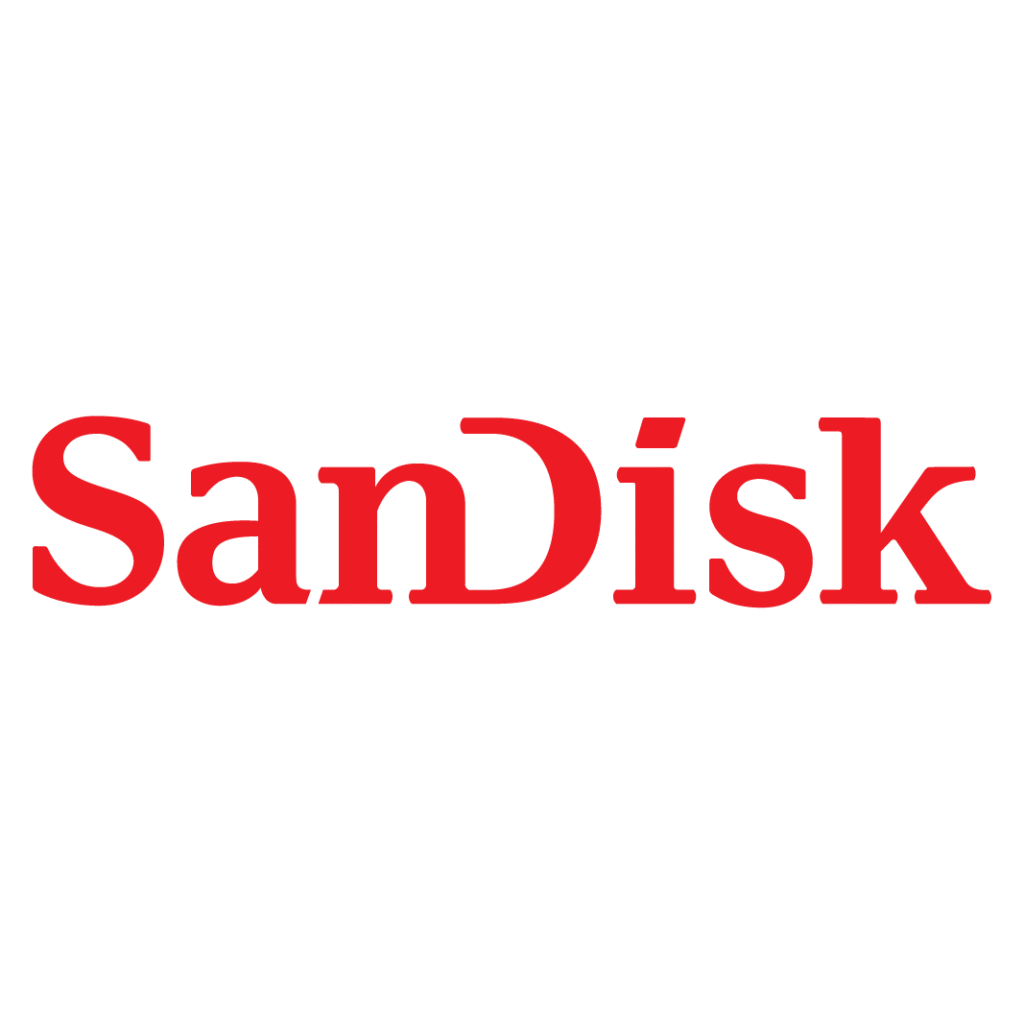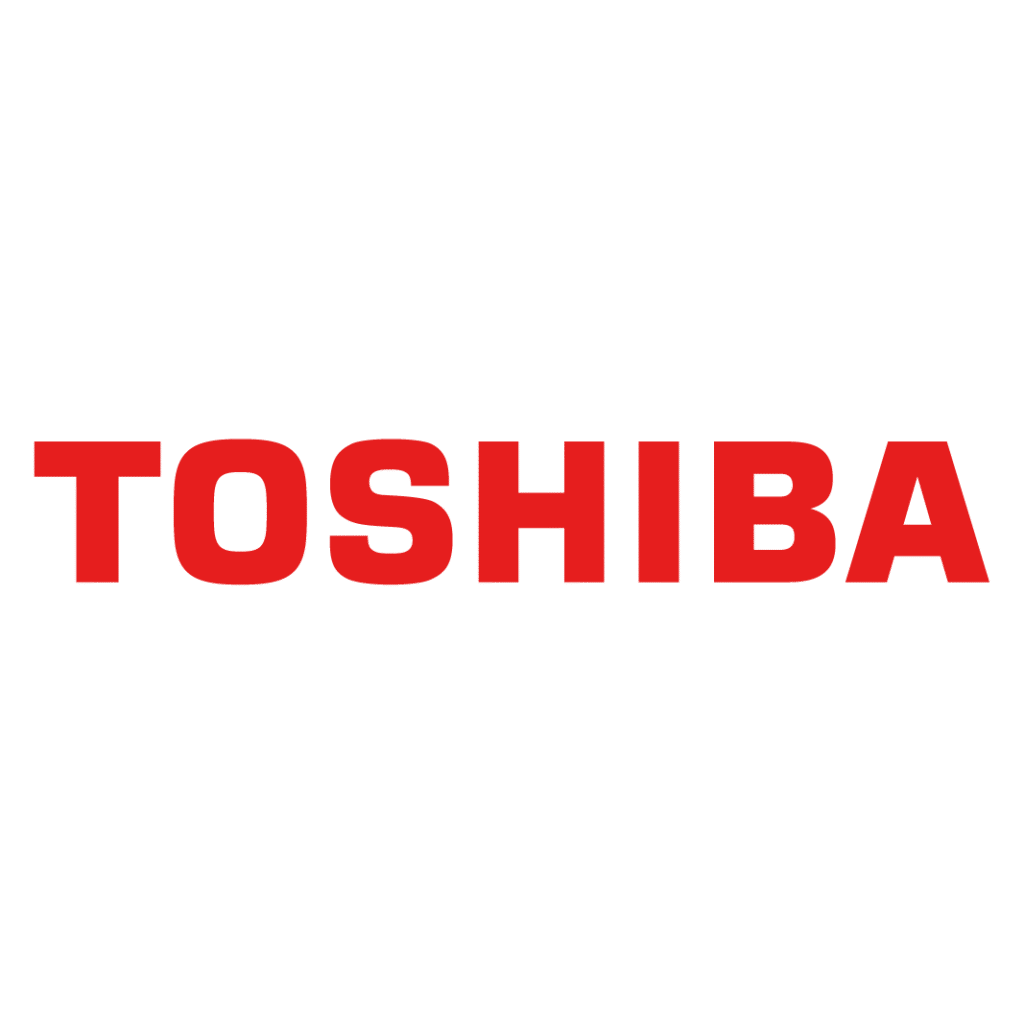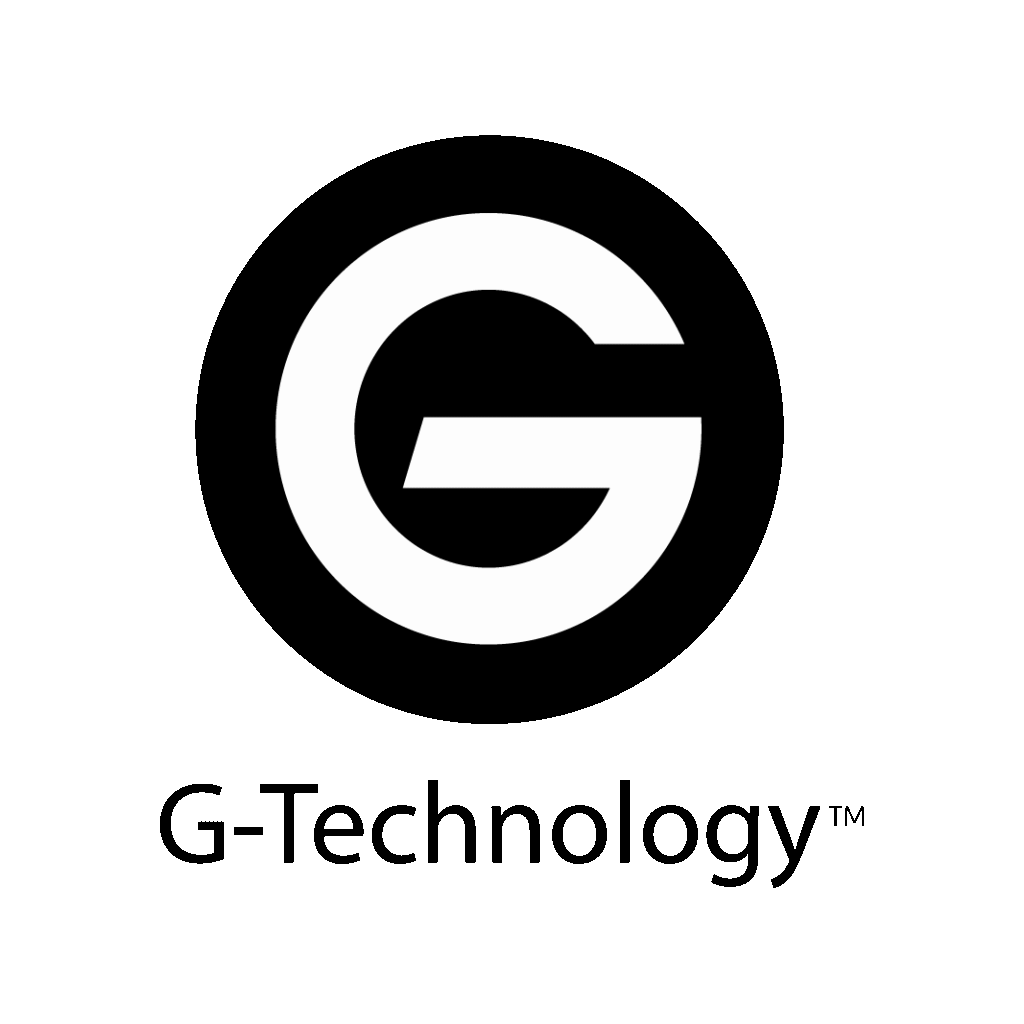At Five Star Data Recovery, we specialize in professional, reliable, and fast external hard drive data recovery services. We know how stressful it is to lose access to your personal or business data. This can happen from a corrupted file system, accidental deletion, or physical damage. We provide a wide range of recovery options to help recover data from external hard drives of all types. This includes USB flash drives, portable SSDs, and RAID-based enclosures. Our experienced engineers handle everything from simple software problems to complex mechanical failures.






We work with all makes and models of external hard drives, including but not limited to:
No matter if your drive is USB 2.0, 3.0, USB-C, Thunderbolt, or network-attached, we can help recover your data.
this can permanently destroy the platters inside.
especially if the drive is clicking or unrecognized.
Some users try to fix the issue using Disk Utility (on Mac) or other
this prevents further damage. Safely eject the drive if you can. If you can't, shut down the computer; wait for the drive to stop spinning, then disconnect the cable.
date of failure, symptoms, etc.
we’ll identify the issue safely and quickly.
Acting quickly is crucial. Continued use of a failing drive can worsen internal damage, making full recovery more difficult or even impossible.
Many of our clients worry about data recovery from external hard drives that are failing or damaged. Our data recovery tools and cleanroom processes can handle almost every file type on today’s storage devices.
Here’s a list of file types we commonly recover:
Even if someone reformats, corrupts, or sees your external hard drive as RAW, we can still recover your data. Each case is unique, but we have proven our results to be reliable. We help clients recover deleted files from external drives, even if they lost the data months ago

At Five Star Data Recovery, we go beyond basic software and generic repair methods. We use advanced tools that help our engineers recover data that other companies often cannot. Some of our tools and technologies include:
These tools, along with our years of experience, help us recover data from drives that others cannot fix.
Recognizing the early warning signs of a failing drive can make the difference between full recovery and permanent loss. Some of the most common symptoms we see include:
While our job is to recover lost files, we also want to help you avoid data loss in the future. Here are our expert tips to keep your external hard drives safe and your data protected:
Prevention is the best form of protection—but if anything goes wrong, we’re here to help
We accept hard drive recoveries from anywhere in the U.S. Our mail-in program is simple and secure. You can send your device to us for a free evaluation.
Here’s how it works:
Our engineers keep you informed throughout the recovery process, from diagnosis to data delivery.
Out-of-state clients receive the same 5-star service and recovery success rate as our walk-in customers. We’ve helped users from New York to Hawaii and everywhere in between.
To understand why external hard drives fail, it helps to understand how they store data in the first place. A traditional external disk drive (HDD) stores data magnetically on spinning platters.
A tiny read/write head floats above the surface, writing 0s and 1s to the disk—just microns away from physical contact. Because of this design, any bump or jolt can make the head hit the platter. This can damage data forever. In SSDs (Solid State Drives), there are no moving parts. They store data on flash memory chips instead. This lowers the chance of physical crashes. However, SSDs have a limited number of write cycles. They can also fail suddenly because of electronic or firmware issues. Both technologies, while reliable under normal use, are still vulnerable to power surges, heat, age, and accidental damage. Understanding the technology behind storage helps our clients make better choices. It also shows why professional recovery is often the safest solution when problems occur.
Data privacy is one of our top priorities. We work with sensitive information every day, including medical records, tax files, personal videos, and business intellectual property. Our protocols include:
We never outsource your recovery or send your drive to third parties. Our vetted and trained professionals handle everything in-house at our Glendale facility.

“I thought all my family vacation photos were gone forever after my external hard drive stopped showing up on my computer. I called the team, and within a few days, they had recovered everything for me! The process was stress-free, and they kept me updated the whole time. Highly recommend if you’re facing a similar situation.”
Sarah T.
Miami, FL

“My 2TB Seagate external drive suddenly started making clicking noises and became completely unreadable. I dropped it off for recovery, and they explained everything clearly from the start. In less than a week, I had all my business files back. The flat-rate pricing gave me peace of mind—no hidden fees or surprises.”
Jason M.
Los Angeles, CA

“I accidentally dropped my Western Digital external hard drive off my desk, and it wouldn’t power on anymore. I was really worried about losing years of photos and documents. Luckily, the engineers here worked their magic. They recovered almost every single file. I’m beyond grateful!”
Sean T.
Westwood, CA
Experiencing data loss on your external hard drive? Don’t panic—help is just a click away. Whether it’s important work files, family photos, or school projects, we understand how valuable your data is.
At Five Star Data Recovery, we offer fast, professional, and affordable data recovery services for all types of external hard drives. With our flat-rate pricing and “No Data, No Charge” policy, you’ll always know what to expect.
Fill out the quick form on this page to get started. Our expert team will review your case and reach out with a free consultation—ensuring your data is handled with care every step of the way.
Yes. Whenever possible, we recover your files in the same folder and directory structure they were originally stored in. This includes file names, folder organization, and hierarchy. However, in rare cases where the file system is heavily damaged, recovered data may be provided in raw format.
The most common causes of external hard drive failure include physical damage (such as being dropped), file system corruption, bad sectors, electronic failure, or worn-out internal components. Improper ejection and power surges can also lead to drive failure.
Yes. If your external hard drive isn’t recognized by your computer, the issue could be logical, firmware-related, or hardware-based. We diagnose the exact cause and use specialized tools to recover the data safely.
Absolutely. We recover data from all major brands, including Western Digital, Seagate, Toshiba, LaCie, G-Technology, and others. Whether it’s a portable USB drive or a larger desktop external drive, we can help.
Typical turnaround time for external hard drive recovery is 3–5 business days. For urgent cases, we offer Expedited and Expedited Plus services with faster, prioritized turnaround.
Yes. If your external hard drive has suffered physical damage—such as from a drop, liquid exposure, or electrical failure—we use cleanroom technology and donor parts (if needed) to recover the data safely.
Yes. For most standard cases, you only pay if we successfully recover your data. Exceptions may apply for deleted file recovery or drives that were previously opened or tampered with.
Clicking or beeping noises often indicate mechanical failure inside the drive. Stop powering it on and contact a professional data recovery service immediately to avoid further damage. These cases usually require cleanroom recovery.
Yes. If your external drive was accidentally formatted and new data hasn’t heavily overwritten it, we can perform a deep scan to recover your deleted files and folders.
Important: If your external drive is a Western Digital, SanDisk, or G-Drive, please power it down immediately after deletion or formatting. These brands use complex firmware structures, and continued use can cause translator issues that make deleted file recovery much more difficult, or in some cases, impossible.
Absolutely. We offer free, nationwide round-trip shipping for external hard drive data recovery. Simply fill out our Mail-In Recovery Form, and we’ll provide a prepaid shipping label for your convenience.
Data loss is stressful — but working with us doesn’t have to be. Watch how our team handles each recovery with care, professionalism, and precision. From diagnostics to delivery, we offer flat-rate pricing, honest communication, and proven results — all from our secure Glendale lab.

Lab Hours
Mon – Friday: 10am to 6pm
Saturday: 10am to 2pm

Lab Hours
Mon – Friday: 10am to 6pm
Saturday: 10am to 2pm
© 2025 Five Star Data Recovery Services. All rights reserved.